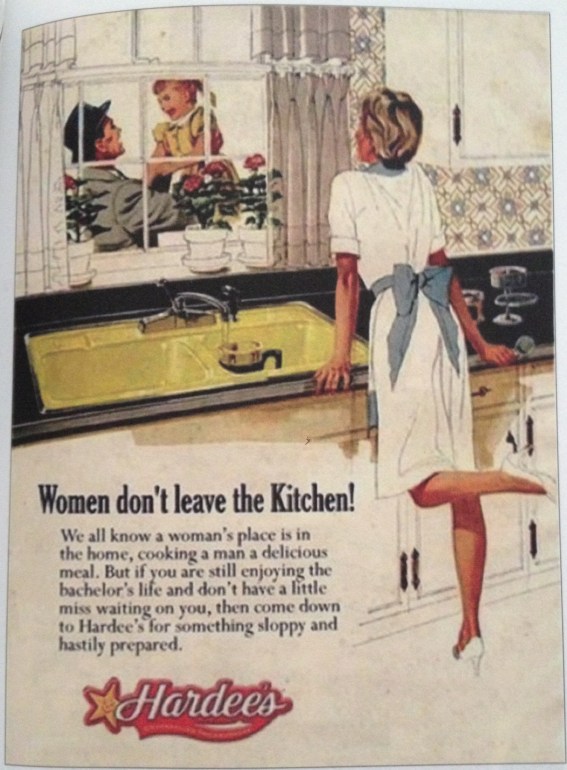
Portland Oregon has protest just about every day of the year. It’s part of the those of that city. Trump and Barr saw that as an opportunity to use their federal paramilitaries to foment violence and create a backlash among white suburbanites.
The New York Times reports today on how these troops were the instigators of the violence:
After flooding the streets around the federal courthouse in Portland with tear gas during Friday’s early morning hours, dozens of federal officers in camouflage and tactical gear stood in formation around the front of the building.
Then, as one protester blared a soundtrack of “The Imperial March,” the officers started advancing. Through the acrid haze, they continued to fire flash grenades and welt-inducing marble-size balls filled with caustic chemicals. They moved down Main Street and continued up the hill, where one of the agents announced over a loudspeaker: “This is an unlawful assembly.”
By the time the security forces halted their advance, the federal courthouse they had been sent to protect was out of sight — two blocks behind them. Eight weeks after the death of George Floyd, here’s a look at why longstanding protests in the city have recently intensified.
The aggressive incursion of federal officers into Portland has been stretching the legal limits of federal law enforcement, as agents with batons and riot gear range deep into the streets of a city whose leadership has made it clear they are not welcome…
The federal agents from four agencies arrived after President Trump signed an executive order on June 26 ordering the protection of federal monuments and buildings.
Everyone who thought Trump was some kind of peacenik had it so wrong. He loves war, he just doesn’t like foreign wars that were started by his predecessors. What he’s always wanted is a civil war. And so he’s trying to start one.
FYI:
Blue America has joined with Oregon SenatorsJeff Merkley and Ron Wyden and others in sponsoring a petition demanding that our government:
- require federal agents and the agency they work for to be clearly identifiable.
- prohibit the federal misuse of unmarked vehicles.
- prohibit federal agents from patrolling city streets, outside of federal property, unless invited to do so by local authorities.
- require agencies to disclose how many personnel have been deployed and for what mission when they’re sent into our cities.
https://www.signherenow.org/petition/trump-authoritarianism/blue-america/
I think we all knew on some level the moment they named the agency the Orwellian Department of Homeland Security, that we were building an internal police force. And if you build it, they will use it. They’re using it.






